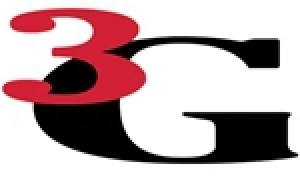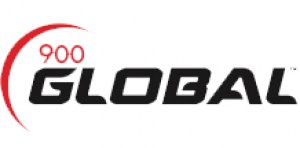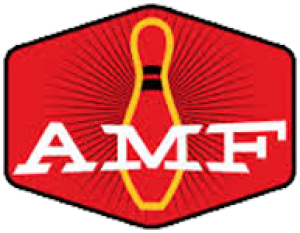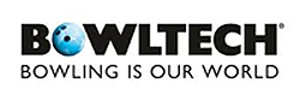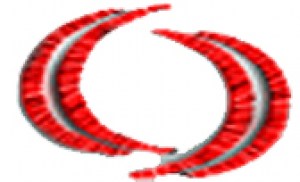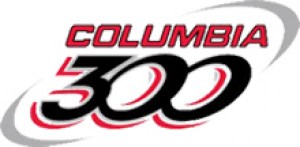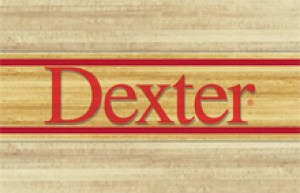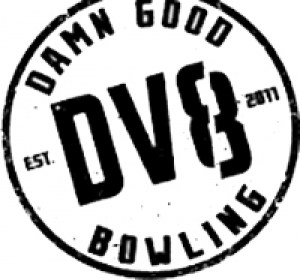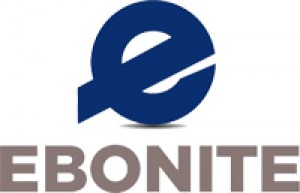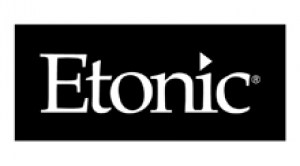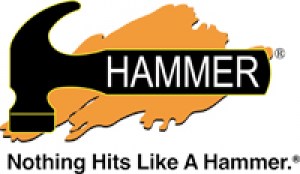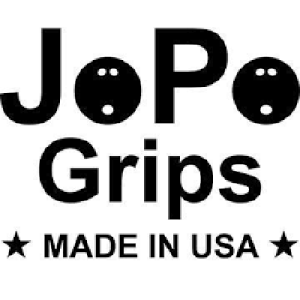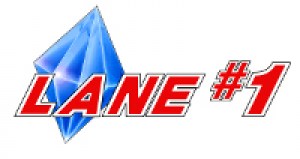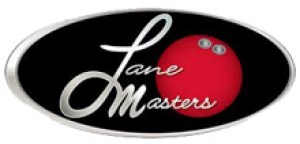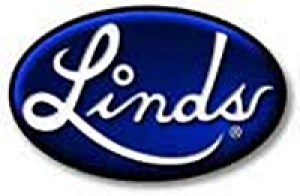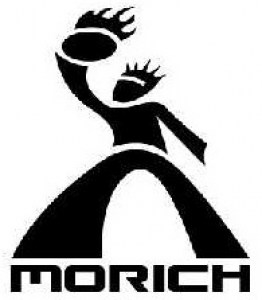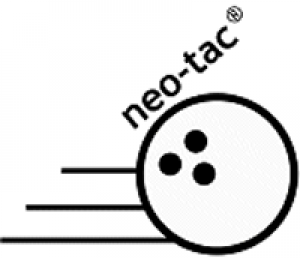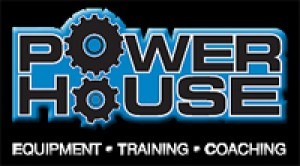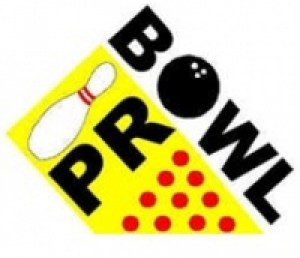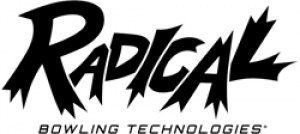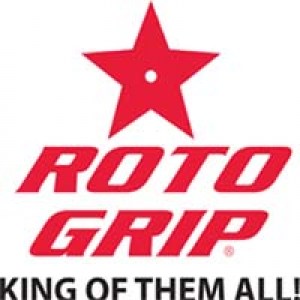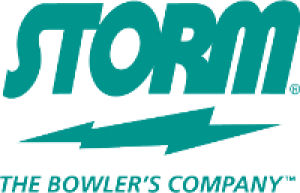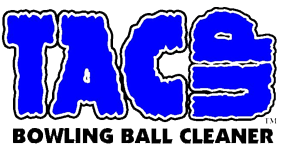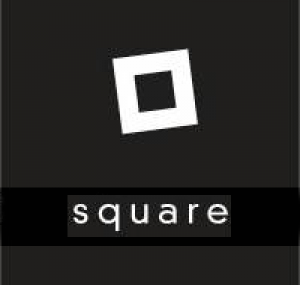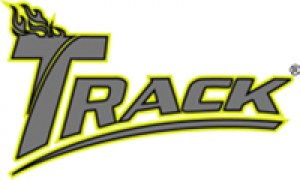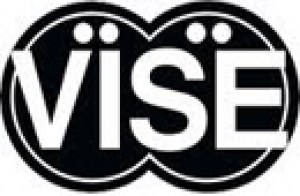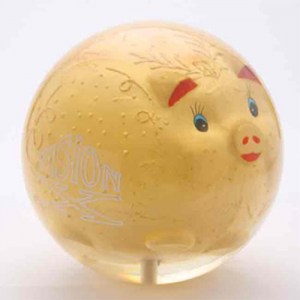The choice of bowling balls is both vast and confusing to the lay person, we are asked "they all look the same size, come in dull to attractive finishes and have a vastly different price range, can you explain" – this is our simplified response:
Cover stocks:
This is the part of the ball you see:
Since the 1960's to now there are only four cover stock materials that have been developed; rubber, polyester, urethane, modified urethane, let's look at these in a little more detail:
- Rubber – the standard coverstock used until the mid 70's, they came in three hardness levels – soft, medium and hard, usual colour black or mottled. This coverstock is very durable – many still exist but are now technically obsolete.
- Urethane – was introduced by AMF with the introduction of the Angle, most of the other major ball manufacturers created their own versions. Urethane is capable of being produced in widely differing levels of hardness, porosity and finish – these characteristics affect the friction level the ball creates on the lane surface – the greater friction the greater energy transfer to the lane = more hook potential – softer coverstocks are prone to greater damage. Pearlised versions tend to absorb less lane dressing and delay the hook break point.
- Mid 80's enter NuLine with their Excalibur Reactive Urethane Bowling ball, this was the first modified urethane to enter the market, it married a medium/soft urethane with resin set in a pearlised cover stock, it also had a dynamic weight block. The combination of these innovations increased scoring potential dramatically – 25 years on and reactive resin coverstocks remain as the baseline standard for high performing equipment. Longevity of reactives has improved, what is the next innovation – nano technology ??
- Particle coverstocks were introduced as ProActives in the early '90's, most high friction materials were used by bowling ball manufacturers with the illegal exception of metal – mica derivatives were most common and latterly carbon and industrial diamond were used. These bowling balls created so much friction as to create wear to lane surfaces. The amount of particles used in each ball created a new description 'load' – low load had a small amount of particles, high load a lot of particles. When the ball was getting old the particles were used up and you were left with a reactive resin ball, when the resin was used up you were left with a urethane – these are sometimes described as ball death steps. Many particle bowling balls were killed on personal ball spinners where aggressive abrasives were used rather than specialist products designed for the purpose
- Polyester (commonly called plastic) cover stocks are used where the bowler is looking for a low friction ball that describes a straight or near straight shape. These are invariably used for converting spares due to their very predictable performance on variable oiling patterns. These come in a huge variety of colours, usually highly polished or pearlised, many are themed and some are even partially transparent. High performing poly's are few and far between, they do exist and have one thing in common a dynamic weight block.
Weight Blocks and Filler:
This is the part of the ball you can't see:
The filler is there to ensure the ball is of the weight required, the lighter the ball the more porous the filler material, heavier the denser the filler. Many high performing bowling balls on are made in limited higher end a weight that is because the combined weight of the weight block and the coverstock leaves only 2-3 lbs of latitude. Many manufacturers produce modified weight blocks for a lighter version of a named ball, however the contribution these modified weight blocks delivers is reduced – ask your Pro Shop operator to explain what reduced performance can be expected.
Weight blocks come in all shapes and sizes, single piece through to multiple puck and various densities. The position of the weight block within the ball is shown by the placement of the 'pin', whereas the centre of gravity (point of weight balance) is also marked on the surface of the ball. These two points of reference plus mass bias enables the ball driller to map the ball to create the leverage needed to give the ball the dynamic sought.
It is arguable what contribution the dynamic weight block delivers relative to the friction created by the coverstock, however the more dynamic the weight block, friction influences the ball performance less
How are bowling balls classified?
Broadly bowling balls are classified in bands of performance potential, namely:
- Lowest hook potential – usually polyester or hard rubber – generally cheapest.
- Entry level – urethane and reactive resin with a high RG (small weight block located close to the surface of the ball such as a pancake or puck shape). Generally £20 - £30 more expensive than a poly.
- Mid range – probably the most competitive range of products and as such delivers greater choice – these attempt to optimise the balance between coverstock and weight block and invariably deliver weights from 14lb to 16lb; by use of modified weight blocks, modified cover stock thickness and filler porosity weights of 10lb to 13lb can be produced under the same model name. Generally these bowling balls are 'compromised' top end performing balls – you need to rely on your ProShop operator to help you to select a ball that best suits your game rather than the size of your wallet. Generally £110 to £130 drilled.
- Upper end – usually tried and tested weight block configuration supported by a high performing cover stock, these are rarely of compromised design, having a weight range from12lb to 16lb. Pin position becomes critical to enable the driller to achieve the desired performance from the ball.
Generally an upper end current catalogue ball will cost circa £150 drilled – it may make greater economic sense to buy a close out Premier ball – ask Lee or Ian for options - Premier performance- these are usually the most expensive most current bowling balls on the market. Leading edge technology usually prevails, new chemical compounds in the cover stock, new shape weight blocks or a combination not previously utilised. These bowling balls usually start at £165 and can go beyond £200 in some Pro Shops but rarely with us!.
Cover stock finish – effect on the shape of roll
- Box Finish (sometimes referred to as the factory finish) – this relates to the technical specifications printed by the manufacturer – this is what the manufacturer believes delivers optimum performance for that ball.
- Bespoke finish – this is a modification best undertaken in a Pro shop to ensure the desired revised shape of roll is achieved without detriment to the chemistry of the ball coverstock.
- Pearlised finish – usually highly polished to reduce friction, saves dynamic energy, extends the break point further down the lane.
- Solid polished – can accommodate refinishing to different friction levels – generally a reactive resin or high performing urethane coverstock – highly predictable finish, good through the heads, retains energy with good recovery on medium oiling patterns.
- Sheen Finish – a compromise between polished and dull sanded, gives more of an arc, than a skid snap ball, but retains sufficient energy for a strong back end recovery – fairly tolerant of inconsistent ball speed
- Sanded Dull – usually creates and arc shape, readily transfers energy to the lane surface will roll out on short, thin lane oil conditions – not a ball finish for slow, low rev bowlers.
Radius of Gyration (RG)
- Low and Ultra low RG balls have greater centralised weight giving the ball high energy retention, speed sensitive needing consistent higher revs and velocity.
- Medium to High RG balls are more tolerant of inconsistency, therefore, an excellent starter ball for novice bowlers
Durometer readings:
Produced by most ball manufacturers to tell you how hard the ball coverstock is. Generally the harder the coverstock the ball reacts less, the softer the coverstock it is more porous and grabs the lane earlier.
Our "Never Do's";
- Never change the surface of your bowling ball unless you know what you are trying to achieve and know you will not ruin the chemistry of the cover stock.
- Never buy a bowling ball unless you know what you want it to do and the specifications support that selection in your hands.
- Never guess you know what is required ask your Lee or Ian for advice.
- Never choose by price – most expensive is not always best value.
Remember:
It is the balance between the bowler's skill, knowledge, ball range, and ball choice that enables the bowler to optimise performance.
A Bowling ball is a tool to do a job, make sure your toolbox is appropriately full for the job you want to do.


